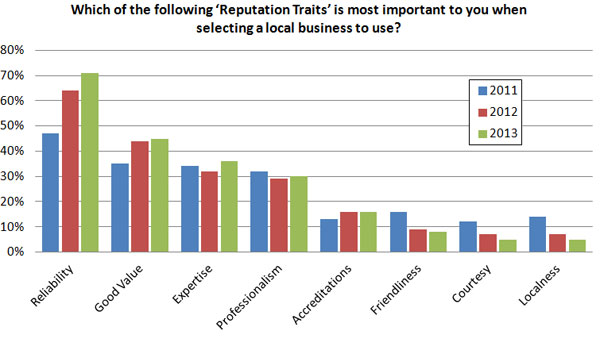We have a new neighbor, one that many people have fought to keep out of their neighborhoods and towns: Walmart. It is the third one in our city; the new location is slightly more than a mile from our house. And, it is just down the road from a Kroger store. This post has nothing to do with whether Walmart is good or evil. Rather, it contains observations on how to respond to competition. How should you respond when new competition arrives in your neighborhood (or company or office)? Here are three rules to apply when facing competition:
Be Ready before They Show Up
If you are any good at all at what you do, you will have competition eventually. Why? The product life cycle tells us that during the growth stage, increased opportunity as reflected in growing sales and profits attracts new entrants. Those new entrants can be businesses expanding geographically or companies rolling out new products. You have to know that if business is good, competition is not far behind. Likewise, if you are a business that has a reputation for developing talented employees, other firms will be seeking to lure some of them away. Create a culture that customers and employees alike value and would not consider leaving.
Put Your Best Foot Forward
Once competition makes its intentions known, respond by stepping up your game. You have something they want: Customers. Protect the asset that is your customer relationships by revisiting how well you deliver value. In the case of my local Kroger’s new neighbor, Walmart, it has been evident that Kroger was being proactive to new competition. The store has made significant changes to visual presentation, employees are noticeably more customer-focused (not Publix-like but more customer oriented nonetheless), and most evident, Kroger has lowered prices on many items to narrow Walmart’s price advantage. New competition was the inspiration for Kroger to make these changes. Just like an athlete reaches back for that little extra to perform at a peak level when competing against elite competition, step up your game and take on competitors.
Let Competition Make You Better
A tendency exists for competition to be perceived strictly as a negative. For example, when conducting a SWOT analysis competition almost always is categorized as a threat. Rather than being fearful of what competition might do to impact your business, view the prospect of competition as a force that makes you better. In fact, you need not compete at all in that you do not have to battle other businesses to win customers. The battle is internal, within yourself or your organization of how to improve and be a resource to customers. This point is not a suggestion to ignore or be oblivious to competition (perhaps that is why I saw the Kroger store manager walking the aisles at Walmart a few days after grand opening). Instead, let the focus of competition be how you can get better at doing what you do. That will go a long way to fending off competition.
In business, competition is often the fourth certainty, added to the customary list of birth, death, and taxes. If you think you have little or no competition you are either very fortunate or very out of touch. But, if you approach competition as an internal quest to reach peak performance you will likely find external competitors to be less of a threat to your existence.









